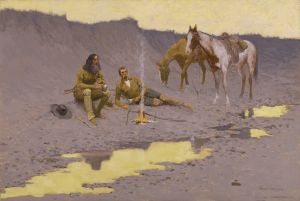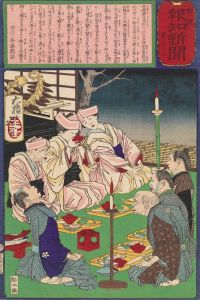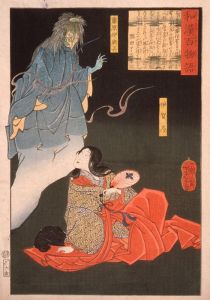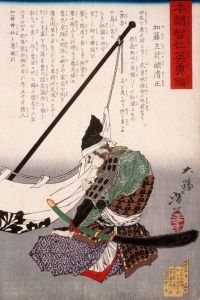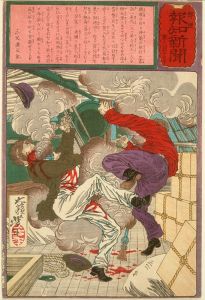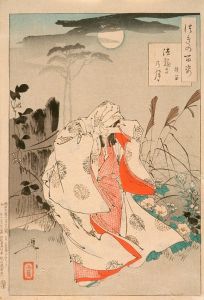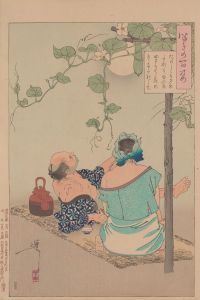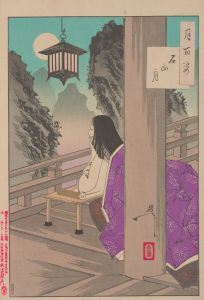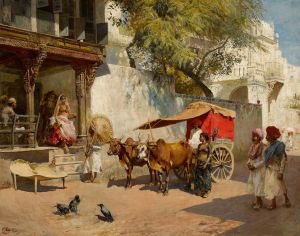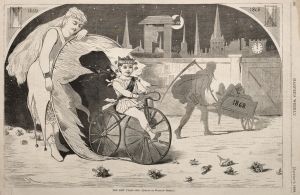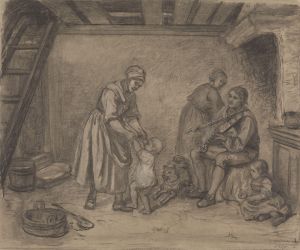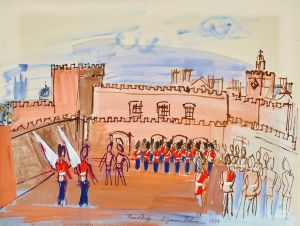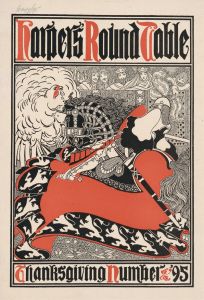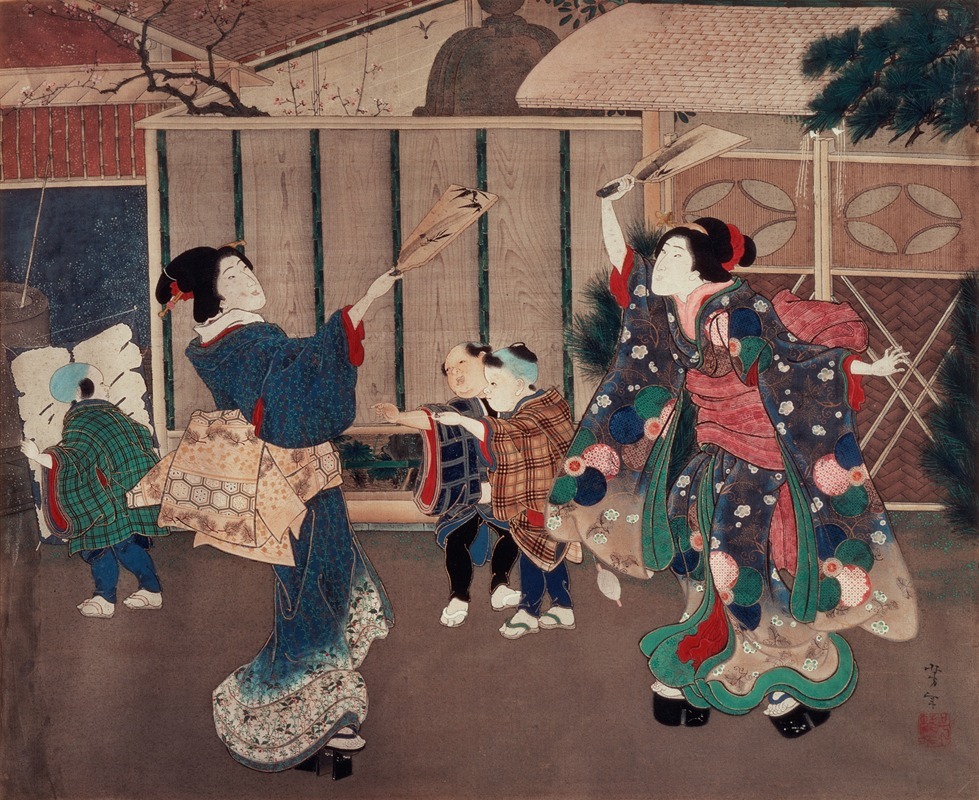
January; Celebrating the New Year
A hand-painted replica of Tsukioka Yoshitoshi’s masterpiece January; Celebrating the New Year, meticulously crafted by professional artists to capture the true essence of the original. Each piece is created with museum-quality canvas and rare mineral pigments, carefully painted by experienced artists with delicate brushstrokes and rich, layered colors to perfectly recreate the texture of the original artwork. Unlike machine-printed reproductions, this hand-painted version brings the painting to life, infused with the artist’s emotions and skill in every stroke. Whether for personal collection or home decoration, it instantly elevates the artistic atmosphere of any space.
Tsukioka Yoshitoshi was a renowned Japanese artist and printmaker, known for his work in the ukiyo-e genre during the late Edo and early Meiji periods. One of his notable works is "January; Celebrating the New Year," which is part of his series "Tsuki hyakushi" or "One Hundred Aspects of the Moon." This series, created between 1885 and 1892, is considered one of Yoshitoshi's masterpieces and showcases his innovative approach to traditional Japanese woodblock printing.
"January; Celebrating the New Year" reflects Yoshitoshi's fascination with the moon and its cultural significance in Japan. The series as a whole explores various themes related to the moon, drawing from history, literature, folklore, and mythology. Each print in the series is accompanied by a short text or poem, often providing context or enhancing the narrative depicted in the artwork.
In "January; Celebrating the New Year," Yoshitoshi captures the essence of the Japanese New Year, a time of renewal and celebration. The New Year, or "Shogatsu," is one of the most important traditional holidays in Japan, marked by various customs and festivities. While specific details about this particular print are limited, it is likely that Yoshitoshi's depiction includes elements typical of New Year celebrations, such as traditional attire, decorations, or activities.
Yoshitoshi's work is characterized by its dynamic composition, vivid colors, and intricate details. He was known for his ability to convey emotion and movement, often blending realism with imaginative elements. His prints frequently feature strong contrasts between light and shadow, enhancing the dramatic effect of the scenes he portrayed.
During his career, Yoshitoshi experienced significant changes in Japan, including the transition from the feudal Edo period to the modern Meiji era. This period of transformation influenced his work, as he sought to preserve traditional Japanese art forms while also incorporating new ideas and techniques. Despite facing personal and professional challenges, Yoshitoshi's dedication to his craft resulted in a body of work that continues to be celebrated for its artistic and cultural significance.
"January; Celebrating the New Year" exemplifies Yoshitoshi's mastery of the ukiyo-e style and his ability to capture the spirit of Japanese traditions. His work remains influential, offering insight into the cultural and historical context of 19th-century Japan. Today, Yoshitoshi is regarded as one of the last great masters of ukiyo-e, and his prints are highly valued by collectors and art enthusiasts worldwide.
While specific information about "January; Celebrating the New Year" may be limited, it is important to appreciate the broader context of Yoshitoshi's work and his contribution to Japanese art. His prints not only reflect the aesthetic values of his time but also serve as a window into the cultural heritage of Japan, preserving the stories and traditions that have shaped the nation's identity.





